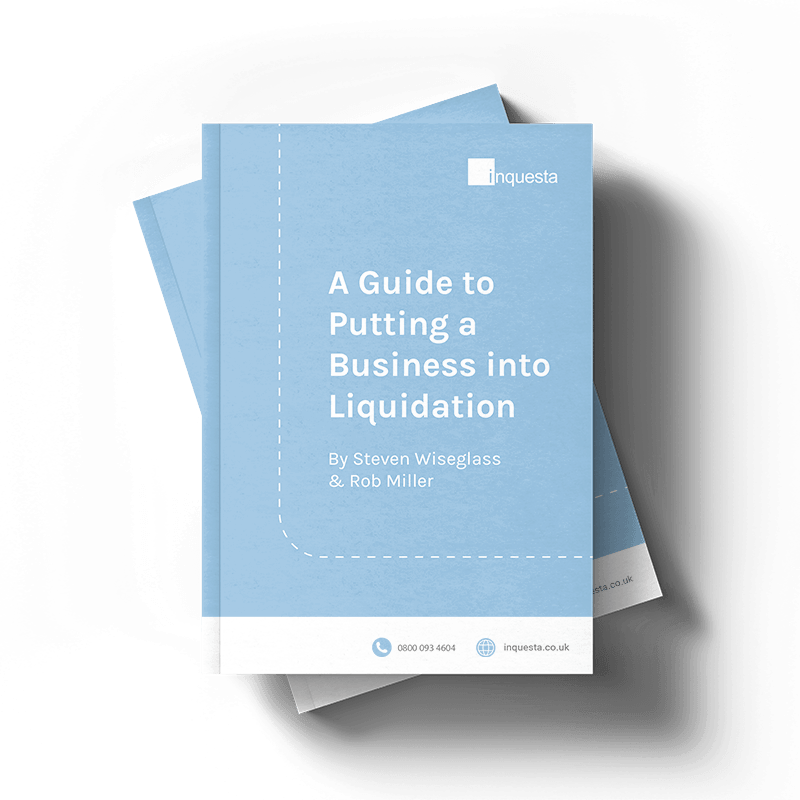Types of Receiverships
There are three main types of receiverships that exist; Fixed Charge Receiver (also known as LPA Receiver), Administrative Receivership, and Court Appointed Receiver. Although they are less common than they used to be, receiverships still remain a valuable tool to help creditors recover what they are owed.
Here are the types of receiverships in more detail:
Fixed Charge Receivership (also known as a Law of Property Act Receivership) refers to a tool utilised by lenders to recover their debt once the debtor defaults on their loan.
This form of receivership involves the creditor taking control over whatever asset the debtor used the loan to purchase, and appointing a receiver to manage it. This is usually done by selling the asset, or setting up the rental of a property to create a steady flow of income to help pay off the debt.
Administrative receivership allows for a secured creditor the ability to appoint a licensed insolvency practitioner, who is granted the power to manage and sell any and all of the company’s assets (commonly property) up to the value of the debt, in order to repay the creditor.
The appointment of an administrative receiver will not prevent other creditors from taking action against the company, including winding up petitions and further sanctions.
Court-Appointed Receivership involves the appointment of a totally neutral third-party receiver by the appointing court. They will work with the best interests of both the company in debt and its creditors to attempt to reach a mutually-beneficial resolution, should one be possible.
This means that a court-appointed receiver will aim to repay all company debt, while leaving the business in a position to continue its regular day-to-day operation with as little interruption as possible.
How Insolvency Practitioners Help with Corporate Receiverships
When appointed to a receivership case, a licensed insolvency practitioner assumes the role of receiver. Their goal is to ensure that the indebted company can find a way to repay what it owes, while preventing the lender from losing out on the value of the initial loan. Ultimately, their responsibility lies with the creditor.
Although an insolvency practitioner will always want to save a struggling business wherever possible, the fact that key assets are sometimes sold off during the receivership process means there is often not much left for the company to sustain itself with. As a result, receiverships will often result in liquidation.
The main duties of a receiver include assessing the company’s future prospects and figuring out a pathway for it to escape financial distress. They must also secure and realise the firm’s assets, while managing its affairs to ensure that all debts are paid. This involves removing directors or employees if necessary. All strict protocols and regulations must be followed to the letter.
Download our FREE Guide to Liquidation
If your business has received a winding-up petition, understanding the liquidation process is vital. If you aren’t able to get your winding up petition dismissed, or addressed in another way, it can easily lead to compulsory liquidation if not addressed quickly, making it essential to explore your options and take well-informed action.
Our FREE Liquidation guide provides clear, expert advice on:
- Key warning signs that your business may be in danger of possible liquidation.
- Which insolvency options are available and which ones best suit your situation.
- What the liquidation process looks like
- Things you should be aware of throughout the process.
- What life after liquidation looks like.
If you’re considering liquidation or seeking more information, download our comprehensive Liquidation Guide and explore everything you will need to know.

The Company Receivership Process
From the initial intervention, to key reports, through to the final repayment of debt and the end of the company’s receivership, the receivership process can be full of speed bumps that can have a lasting impact on your business. It is important that you understand the process, so you know what to expect, and what is required of you throughout.
How Inquesta Can Help with Receiverships
Inquesta boasts a team of expert insolvency practitioners who have the knowledge and experience required to assist you no matter your need.
With decades of experience under their belt assisting companies with all manner of corporate insolvency related issues, including receivership, the Inquesta team is perfectly placed to help.
We know the receivership process inside and out. When you work with Inquesta, you know that everything we do is to help get the best result possible for you and your business. A no-nonsense approach that you can rely on.
Whatever your situation, the Inquesta team can guide you through the entire process. To find out more about how we can help, get in touch with our team today.
Get In Touch
Our Specialist Team
The expert team at Inquesta are trained to the highest standard in the industry to help keep the receivership process as smooth and stress-free as possible.

Steven Wiseglass
Director of Insolvency
A co-founder of Inquesta, Steven is a licensed Insolvency Practitioner with over a decade of experience in the field. He is a member of the Insolvency Practitioners Association, Association of Business Recovery Professionals (R3), and his insolvency licence is issued by the Insolvency Practitioners Association. In addition, he sits on the R3 committee of the North West Regional Committee.
Steven specialises in advising directors of small to medium-sized businesses, and has a wealth of expertise in providing the most appropriate advice whatever the firm’s circumstances may be. He has also been instrumental in helping company directors save their business and rebuild them into successful enterprises.




